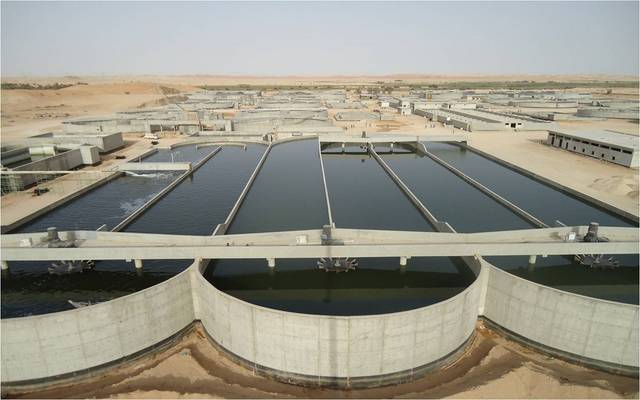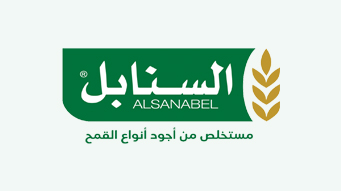
What is the importance of wastewater treatment?
Wastewater treatment has become one of the most important options always presented in development plans, as treated wastewater is the second strategic option after desalinated water as a non-traditional source of groundwater, and in support of it in the face of the high demand for water in Riyadh, due to urban development and population growth. In 1438 AH, the population reached 6.5 million, and this year Riyadh ranked 48th among the world’s cities in terms of population size, and thus the annual population growth rate for the city of Riyadh is 4%, which is one of the high rates.
The impact of population growth
This steady population growth requires keeping pace with securing the population’s needs for drinking water and sewage networks. This necessitated the extension of more drinking water networks, sewage networks, and the establishment of treatment plants to improve the quality of life and reduce the environmental and health impacts of its non-availability.
It is common knowledge that wastewater is used to irrigate crops, but this is only one of the 23 total benefits that the wastewater treatment plant actually operates. Only a small number of consumers, owners of companies, farms, and factories know about it. What needs to be known about the work of these stations is to spread the benefits to larger segments of society.
The use of wastewater treatment in agriculture and soil erosion prevention
Wastewater treatment is used to reduce pressure on water resources. And desalination operations or drilling underground wells, are used for agriculture in all major public parks, residential parks, and neighborhood parks. And in parks, natural areas, places of recreation and recreation, and the greening of cities completely. It is also used to cool and humidify the city and reduce the temperature in thermal areas. Which are near factories or uncultivated places by extending that water to plant them and reduce the temperature from it by 4 degrees at least. And using it to stabilize the soil on unpaved roads, where dust flies, and in construction sites, and to prevent soil erosion in open spaces, all those areas are sprayed with treated water from sewage stations.
Wastewater treatment affects biodiversity enrichment
One of the uses of wastewater treatment in support of biodiversity efforts. Where there are different trees, flowers, and various birds, its biodiversity is maintained by providing the infrastructure for it from the cultivation of different plants. And also in supporting efforts to preserve nature reserves, which require that small creatures, worms, spiders, and reptiles be available in the water to feed on it. These types of water can only be provided with treated water, which is in a specific concentration suitable for these micro-organisms. In the protection of surface and groundwater from high salinity.
The sewage stations also contribute to the infrastructure of firefighting networks systems. In the event that the Civil Defense needs to put out any fire and not rely only on the tanks they own. Noting that these nozzles remain in full efficiency throughout the year. Even in the summer, water provision is given priority by the station as it is the most important. Drainage stations contribute 35% of the water supply to the firefighting network.
Methane gas
After studies, it was reported that methane can be used, as it can be produced from it (compressed natural gas). It is used globally to operate cars and mass transit buses in countries such as America and India or to produce electric power.
Methane gas is also used in thermal drying internally for organic manure.
Central cooling
Many industrial facilities are able to use wastewater in central cooling units. It depends on the cooling mechanism mainly on water. In the future, it is expected that the demand for sewage treatment will increase in this particular aspect, as it saves large sums of money on these institutions. And the use of water to produce fertilizer. In treatment plants, fertilizer is produced from solid wastewater.
It is also used in the production of fodder, and the stations produce approximately 240 tons of fodder annually. And in the cultivation of green grass carpet, which is later used as a green carpet for gardens, playgrounds, streets, and others.
Job and search opportunities
The sewage plants annually provide important opportunities for work, scientific research, and study as well. In addition to providing scientific research and development opportunities for international companies. Especially those that want to modernize their equipment, so they conduct experiments and research at the stations. Thus, the station will be able to adopt these modern devices, before adopting them anywhere else in the world.
























